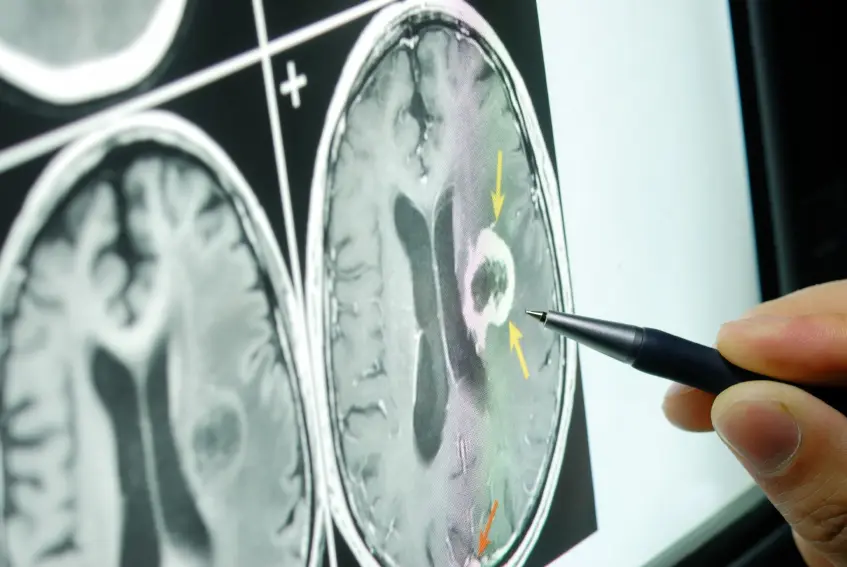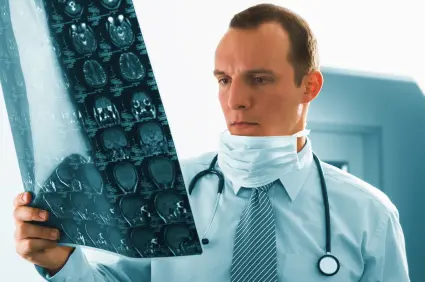Medical Malpractice
How Medical Malpractice Causes Brain Injuries

The human brain is a remarkable organ that generates thought and regulates internal body functions. When the brain is harmed by external trauma or internal factors such as disease or lack of oxygen, the effects can be devastating.
Is Cancer Misdiagnosis Medical Malpractice?

Cancer is a devastating disease that takes the lives of over 600,000 Americans every year. But there are many effective treatments for cancer, and two out of three patients who are diagnosed with cancer survive. Early detection is crucial for effective cancer treatment. When cancer is discovered in time, doctors have more treatment options and the prognosis for survival is much greater.
Was Your Medical Treatment Delayed at the Hospital?

When a patient seeks medical care at a hospital emergency room, you have the right be treated by qualified professionals in a timely manner. When your treatment is delayed due to professional negligence, it can result in a delayed diagnosis that may cause serious injury or death.
How Doctors Administer Medication (and Why It Matters)

How Drugs are Used in the Healthcare Setting Drugs serve many roles in a healthcare setting. They can be used to treat a disease, ease suffering, supply a missing substance, encourage a bodily reaction, or induce unconsciousness. But in the United States, delivering the right drugs to the right patients is a process beset with medication errors.
When Can I Sue a Chiropractor for Malpractice in Colorado?

Chiropractors use physical manipulation and adjustment of the spine to relieve pain and enhance the patient’s mobility. Chiropractic care is based on the belief that nerve pressure and misalignment cause certain conditions and diseases.
How a Cyberattack Might Lead to a Medical Malpractice Lawsuit

Cyberattacks are a major threat to healthcare facilities today. Ransomware and cybersecurity events are becoming increasingly more common. At a time when the global pandemic has put a considerable strain on the system and created staffing issues, cyber events can reduce the level of care patients receive and lead to serious medical errors. Hacking of hospitals and other medical systems has contributed to or has been the sole cause of several patient injuries. Injured patients are filing medical malpractice lawsuits stemming from cyberattacks.
Fetal Ultrasound and Birth Defects

Since the mid-1950s, ultrasound technology has helped medical professionals provide better care for pregnant women and their unborn babies. It uses sound waves to produce a picture of a growing child in the womb. Ultrasound procedures are performed routinely to monitor the health condition of the developing fetus, to detect any abnormalities, and to diagnose any conditions that may affect the mother or the baby. Medical errors associated with an ultrasound could lead to a failure to diagnose a range of maternal and fetal problems.
How Did a Patient End up With 4 Inches of Cement in His Heart?

Incredible as it may seem, a man ended up with four inches of cement in his heart because of a previous medical procedure, as reported in Science Times. This cylindrical foreign object was discovered by doctors in the inner regions of the man’s heart. It was surgically removed, and the patient is now well on the road to recovery, as stated in a WebMD article.
Consequences of Negligently Placed Shunts

Shunt systems save lives for patients with hydrocephalus. This condition can be caused by infections such as meningitis, stroke, head trauma, traumatic brain injury, or genetic disorders. It involves a buildup of cerebrospinal fluid in the brain, which can result in extreme pressure and irreversibly damaged brain tissue. The usual treatment for hydrocephalus is surgical insertion of a shunt system to re-route excess cerebrospinal fluid to another area of the body where it can be reabsorbed. Medical negligence can contribute to shunt injury in several different ways.
The Risk of a Positioning Error

During surgery, doctors may use several different positions to easily access surgical sites and complete an operation. When placing a patient into position, staff should always keep in mind how certain positions may cause serious injuries or trauma to the body. Nerve damage, fractures, and blood loss are all real possibilities when staff position a patient incorrectly.